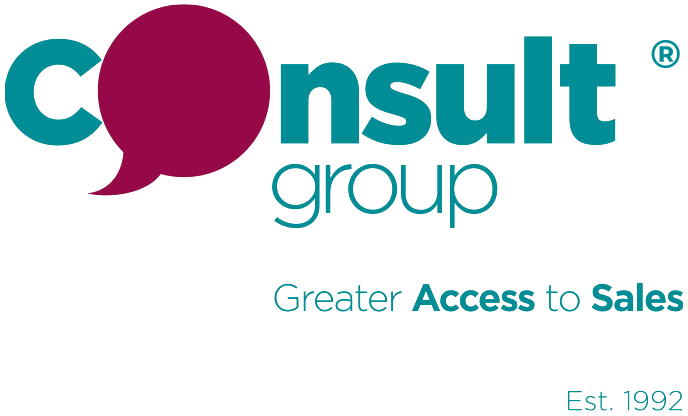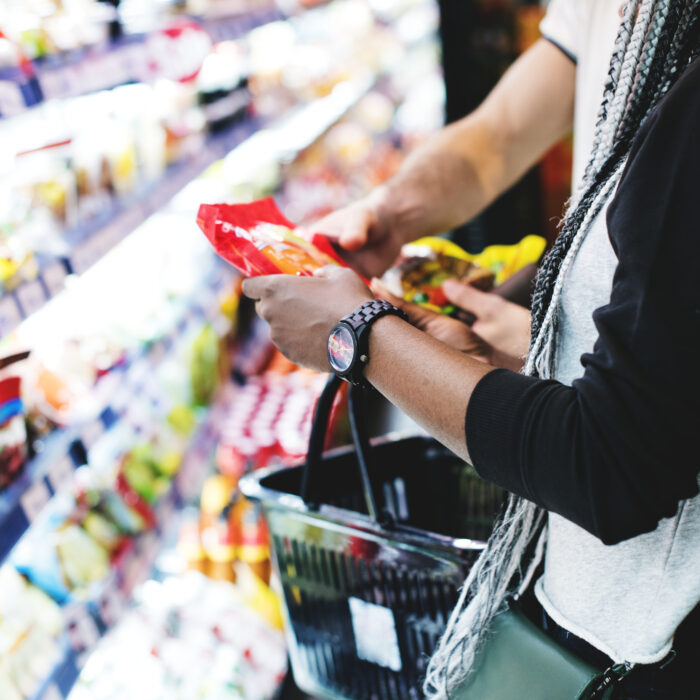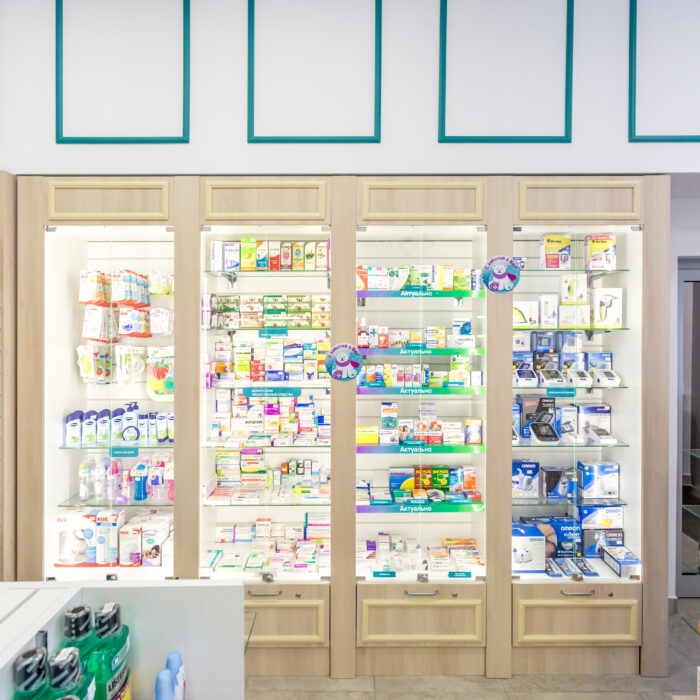Launching a fast-moving consumer goods (FMCG) product into Australian retail is a journey that requires equal parts patience and strategy. From the moment you begin working with an FMCG consultant, it’s important to set realistic expectations about the timeline to get your product on supermarket shelves and see measurable sales.
In Australia’s highly competitive grocery sector, as a starting point a single national supermarket carries 17,000–23,000 products on shelves on average , success doesn’t happen overnight.
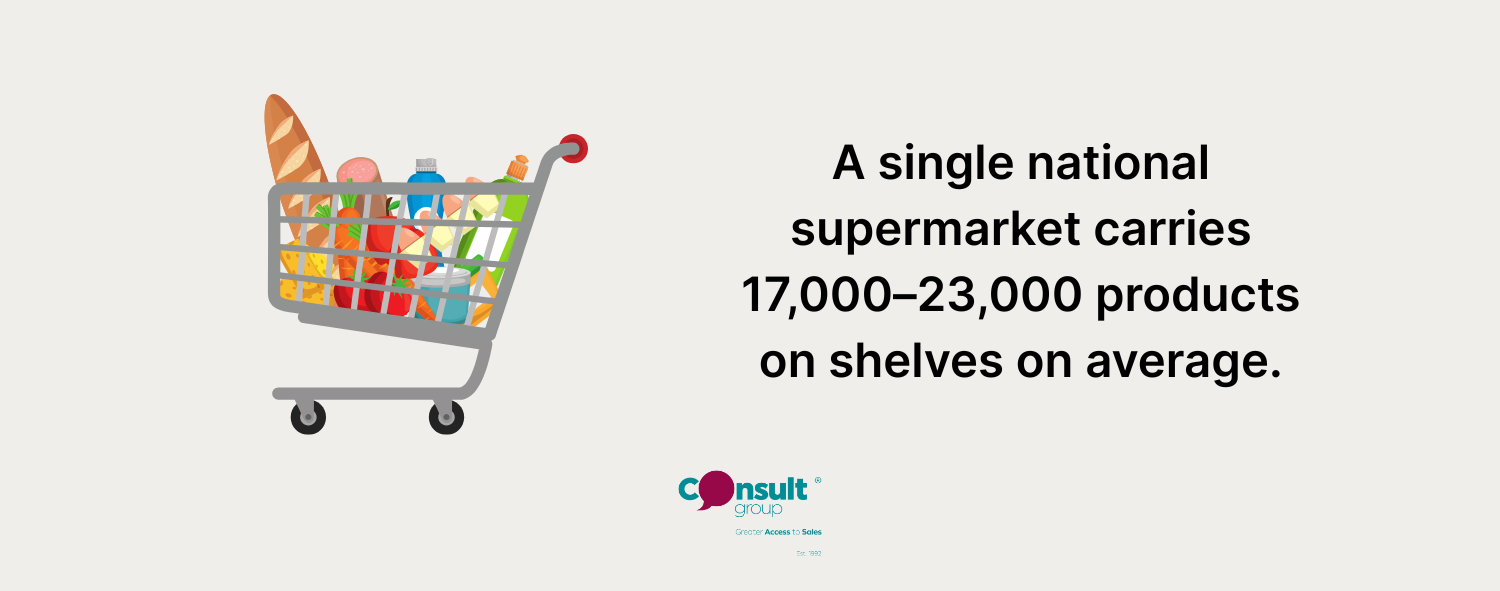
Here we break down each stage of the process, from preparation through to initial sales performance, and offer insight into how long each step typically takes.
We’ll also provide insights to help you understand what’s realistic (and what’s not) when it comes to timing.
Preparing and Positioning Your Product for the Australian Market
Before any pitches or range reviews, your product must be retail-ready for the Australian market. This preparation stage includes refining your product and packaging to meet local standards, conducting market research, setting up supply chains, and crafting a compelling market entry strategy. It’s a critical foundation for success, and it takes time – often a few months of focused effort.
Key activities in this stage include ensuring packaging and labeling comply with Australian regulations, pricing the product appropriately, securing manufacturing and distribution, and gathering evidence that your product will satisfy a genuine consumer need.
Large manufacturers often plan new product launches 6–12 months in advance, working through extensive checklists to be ready. Smaller brands may move faster, but you should still anticipate spending several weeks to a few months on thorough preparation.
Brands should carefully review their timelines and begin planning much earlier than they might initially think. The process of gathering all necessary information and documentation to approach a major retailer can take six to eight weeks on its own, and this lead time needs to be built into the broader business strategy.
For new product launches, this phase might be on the longer side (to refine the concept and ensure everything from taste to shelf-life is spot on), whereas for a range expansion (adding a new flavour or variant to an existing product line) the preparation might be quicker given the brand already has a market presence.
However, even range expansions require updating product information, packaging, and strategy, which can take several weeks.
Pitching to Retailers: From Majors to Convenience Chains
Best practice is always to be well planned, well prepared with a market-ready product in hand, and the next step is pitching to retailers. In Australia, this typically means preparing to present to the big supermarket chains such as Coles, Woolworths, Aldi and IGA as well as other channels like pharmacy chains or petrol and convenience stores (e.g. 7-Eleven, BP, Coles Express).
Each retailer has its own criteria and timelines, but a common thread is that access to shelf space is limited and fiercely competitive. Anyone can sell something once, the real challenge and future success lies in the brands and products ability to sell through. Your brand and product need to win over the masses and be compelling enough on shelf to attract new customers. A handy insight is ‘Innovation Diffusion’.
Timing your pitch is crucial because most large retailers accept new products during a scheduled category range review. Retail buyers typically review their product ranges only once or twice a year per category. That means if you miss the window for, say, the snack foods category this season, the door might not open again for 6–12 months.
These range reviews are designed to ensure that the products on shelf continue to meet customer demand and support overall category growth. Because these windows are limited and highly competitive, timing your submission correctly is essential.
In practical terms, you need to align your pitch with those windows when buyers are looking for new products.
“The critical importance of understanding your audience, ensuring you are well planned, well prepared and issued all pre-read notes well ahead of the meeting day. At Consult Group it is our role to ensure we develop the right narrative where storytelling is part of the artform. Afterall all business, brands and products have their very own unique rationale, reason and story to tell. It’s our job to ensure this is done with care, consideration and accuracy.”
– Ash McMillan, Co-founder Consult Group, 2025
Pitching itself involves preparing a convincing sell story backed by data. Retailers will ask:
- How will your product grow the category (not just steal sales from an existing item)?
- What proof do you have of consumer demand?
- Are your supply and logistics solid?
It’s often said that when you pitch a major supermarket, you’re competing not only with incumbent products but also with potentially hundreds of other new product submissions at the same time. One industry veteran noted that a buyer can be up against “500 new products vying for the space” in a given category review – a strong reminder of the importance of understanding your ‘Y’ and your value proposition so you can articulate the rationale into your products successful ranging which will and can exceed the review expectations, bringing incremental customers to category.
Different retail channels may have slightly different processes. : for example, Aldi tends to plan its limited product rotations and special buys well in advance, and Metcash (which supplies IGA stores) also uses formal range review processes on a periodic basis
The value of appointing an FMCG consultant like Consult Group, is it allows you to focus on the business and brand whilst utilising their expertise to navigate all the intricacies of range review planning and preparation required to successfully secure a place on shelf.
Petrol and convenience chains might introduce new products more flexibly or on a trial basis in select stores, but they often plan resets around seasonal or quarterly periods. Regardless of channel, expect a formal review and approval process that takes weeks to months from initial contact to a yes/no decision. An experienced consultant can often get your product in front of the right category managers and ensure your submission checks all the boxes.
Pro tip: Always confirm the category review schedule for your product category and retailer. Missing a submission deadline can significantly delay your progress. Retailers work on strict timelines, and no amount of last-minute pleading will bypass a missed window. This underscores why preparation and timing (often guided by your consultant) are everything when pitching to the majors.
Navigating Range Review Cycles
Once you’ve secured interest from a retailer, you’ll enter the formal range review cycle. A range review is essentially the process by which retailers decide which products will be in their category for the next cycle and which will be delisted. Understanding how this works will give you a realistic sense of when your product might hit shelves.
In Australian supermarkets, range reviews are typically scheduled by category and mapped out long in advance. For instance, many retailers plan their product resets around seasonal milestones: for example we see “Easter orders are placed in October and Christmas is all done & dusted by May” in the lead-up to those seasons.
In addition, most major chains freeze new product launches in late November through January (the peak holiday period) because stores are focused on managing holiday demand and keeping shelves stocked with top sellers. This means if you haven’t secured a spot by spring, you may be looking at a new year launch.
During a range review, category buyers evaluate new product submissions alongside existing products. They consider market trends, sales data, and how new items might increase return on space, (i.e. increase category revenue).
It’s a competitive culling process. Our goal is to help ensure your submission highlights fact-based evidence, such as consumer demand and category growth potential to stand out. Retailers want to see that your product will bring incremental sales or new shoppers to the category.
How Long Do Range Reviews Take
The timeline can vary. Often, the submission deadline might be a couple of months before a decision is made. For example, you might submit your product info and samples to a supermarket in March for a May category review meeting.
The buyer team might then notify suppliers of decisions by June. Some categories might move faster, but generally you should be prepared for several weeks (even a few months) of evaluation. Your product may also go through tasting panels or trial runs internally during this time if it’s a food or drink item.
If it’s not accepted, that’s not the end: often buyers will give feedback, and you can try again in the next cycle. Here’s where an FMCG consultant’s guidance is invaluable; they can help you refine your proposition for the next opportunity and keep the retailer relationship warm in the meantime.
If your product is accepted, congratulations! But you’re not on shelves just yet.
From Acceptance to Shelf: Getting Your Product On Shelf
Securing a “yes” from a retailer is a huge milestone, but there’s still a gap between formal range acceptance letter and seeing your product in stores.
How long does it take to go from winning a range review to being on the shelf?
In many cases, expect a lead time of a few more months. This allows for all the operational logistics to fall into place:
- Supplier Setup and Logistics: You’ll need to get set up in the retailer’s system, finalise barcodes (GS1), settle trading terms, and possibly adjust your packaging for things like shelf-ready trays (SRT). You may also need to produce and ship initial stock to the retailer’s distribution centres. This backend setup often takes several weeks, as multiple departments (buying, supply chain, quality assurance) coordinate the launch details. Please see here for a handy list of industry acronyms.
- Planogram Scheduling: Retailers update their store planograms (shelf layouts) periodically, often aligned with the range review decisions. Your product will be assigned a spot on the shelf, typically as part of a broader category reset. These resets usually happen a few times a year. If the review decision comes in June, for example, the new planogram might be slated to roll out in stores in August or September. In other cases, a retailer may decide to do a smaller mid-cycle rollout (especially in convenience stores or smaller chains) where your product starts in a limited number of stores or regions first.
- Production Lead Times: Don’t forget your own production schedule – you must ensure you have enough product manufactured, packaged, and ready to ship by the agreed date. Brands often ramp up production as soon as they get a green light, but depending on your manufacturing lead time, this can take anywhere from a few weeks to a couple of months. It’s wise to have done test runs or pilot production in advance so you’re not starting from zero at this stage.
All told, the period from a positive range review outcome to actual shelf presence ‘should’ be 5 months but depending on retailer requirements we are seeing turnaround times between 2-4 months. During this time, maintain close communication with the retailer and your consultant, and double-check everything (from correct pricing in the system to inventory in the warehouse) to ensure a smooth launch. Many brands coordinate some promotional support or in-store marketing for their launch week as well in paralell.
Investigating CO-OP funds are also a useful tool. This is where you contribute to market your product through retail channels. It’s a shared spend that boosts brand visibility, but it also affects your bottom line. While it might look like just another form of promotional spend, CO-OP is more strategic—it’s about where and how you invest to maximise exposure and ROI. Learn more about CO-OP here.
Realistic scenario: If a brand started working with an FMCG consultant in January, they might spend 2–3 months on preparation and aligning the pitch. Suppose the relevant category reviews happen in April; the brand submits and gets accepted by June. The product could then be scheduled for shelf placement by, say, September.
Initial sales data would start coming in through spring, and by the end of the year (roughly 12 months from project start) the brand would have a read on how it’s performing. On the flip side, if that brand had missed the April review, they might have had to wait until the next window (perhaps October or the following April), meaning shelf placement could slip into the following year.
The lesson: hitting those timelines can shave many months off your path to market.
Measuring Initial Sales Performance
The moment your product lands on store shelves is certainly cause for celebration – but the clock starts ticking to prove your product can earn its place in the long term. Retailers will be watching your sales closely, and as a brand owner, you’ll be eager to see results. So how quickly can you gauge performance?
In the first few weeks after launch, you’ll get early data points: sales reports from the retailer (or from data providers like IRI/Circana) can tell you how many units moved per store, which stores or regions are strongest, etc.
However, a few weeks is usually not enough to declare victory or failure – consumer awareness takes time, and repeat purchases are key in FMCG.
As Industry experts we suggest that an initial market performance assessment typically runs for 3–6 months after launch. In that period, you should track metrics like units per store per week (UPSPW), rate of repeat purchase, and overall category share.
This 3-6 month window is critical; many retailers use it as a probation period of sorts for new products.
By the time the next range review cycle comes around, your product needs to be performing well enough to justify its continued spot. Otherwise, it risks being one of the items cut to make room for newer launches.
To maximise your chances of success in that crucial first half-year:
- Ensure product availability: Out-of-stocks can kill momentum. Work with your consultant and distributor to keep the supply steady.
- Monitor and respond: Keep a close eye on sales data by week. If certain stores are underperforming, investigate why. Is it a location issue? Or do you need to arrange a secondary display or a demo? Agile response can sometimes improve sales in lagging areas.
- CO-OP Campaigns: Working with retailers to develop campaigns that share the spend and are strategic in their delivery to potential consumers maximising exposure and ROI.
- Collaborate on promotions: While this article isn’t about marketing campaigns, it’s worth noting that smart, modest promotions (like a launch special or end-of-aisle display) in the early weeks can boost trial. Any promotional activity should align with your long-term strategy (over-reliance on discounts is not sustainable), but a well-timed initiative can help get more eyes on your
- Gather feedback: If possible, gather customer feedback – via social media, reviews, or even informal in-store chats. Early feedback can highlight if adjustments are needed (for instance, packaging not standing out, or price perception issues). Some brands tweak their approach mid-stream based on what they learn post-launch.
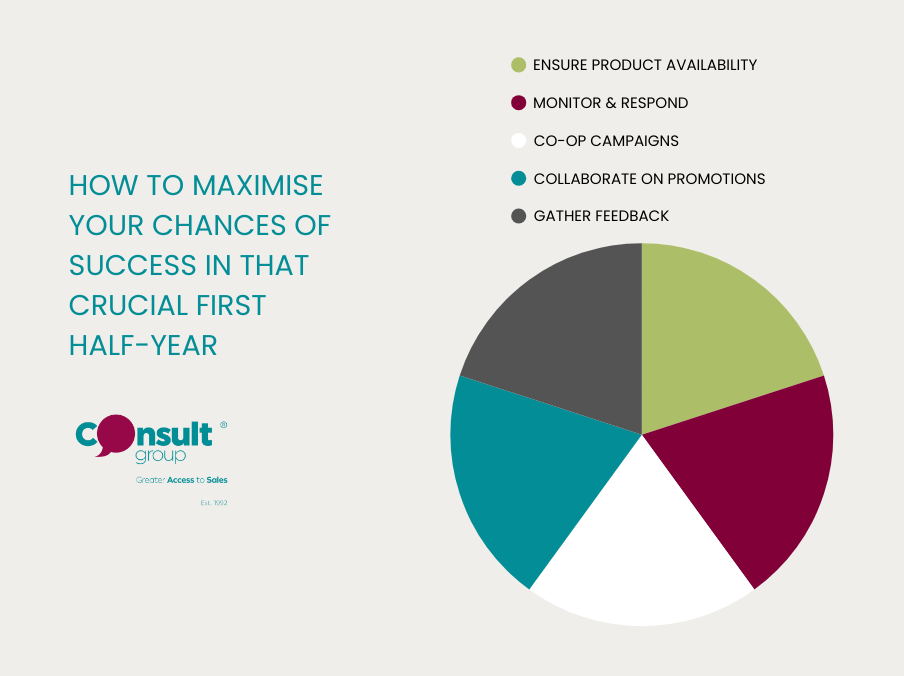
Remember that for range expansions (new variants of an existing product line), the brand may already have sales history to guide expectations. A new flavour of a popular snack, for example, might have an easier time achieving target sales quickly because shoppers recognise the brand.
Even so, retailers will hold each SKU accountable – a range extension that underperforms could be dropped just as a brand-new product might. The advantage of a range expansion is you can often leverage existing brand loyalty and distribution: if your brand is already on the shelf, retailers might give a new SKU a little runway, but typically period.
Conclusion: Patience, Preparation, and Partnership Pay Off
When asking “How quickly can we see results?”, FMCG brands should be prepared for an answer that spans many months, not weeks. From initial prep to hitting shelves to watching the first sales roll in, the process is a marathon with multiple hand-off points. In a best-case scenario, with great preparation, perfect timing, and a bit of luck, you might go from consultant onboarding to products on shelf in around 6–9 months, and have solid initial sales data in the next 3 months after that. More commonly, especially for new brands, it could take 12–18 months to really navigate from start to measurable success.
The good news is that this journey, while lengthy, is navigable with the right guidance. Securing a spot on an Australian supermarket shelf isn’t easy, and for good reason – it’s prime FMCG real estate. But with our expert help, you can avoid missteps and focus your efforts where it counts.
In the words of Josh Hourigan, whose healthy snack brand Vitawerx successfully gained placement in Coles, Woolworths and 7-Eleven: “The Consult Group team’s attention to detail and dedication to delivering results has allowed my business to effectively present our products … The team’s support throughout the process has been invaluable in securing new business and building stronger relationships with our retail partners.”
Practical takeaways: Be thorough in preparation, never miss a range review deadline, and be ready to support your product once it’s in stores. Measure progress in months, not days. By understanding the typical timelines and working hand-in-hand with Consult Group and retail partners, you’ll set your brand up for success, with realistic expectations and a plan to stay the course. The road to the shelf may be long, but for those who navigate it well, the results are worth the journey.
